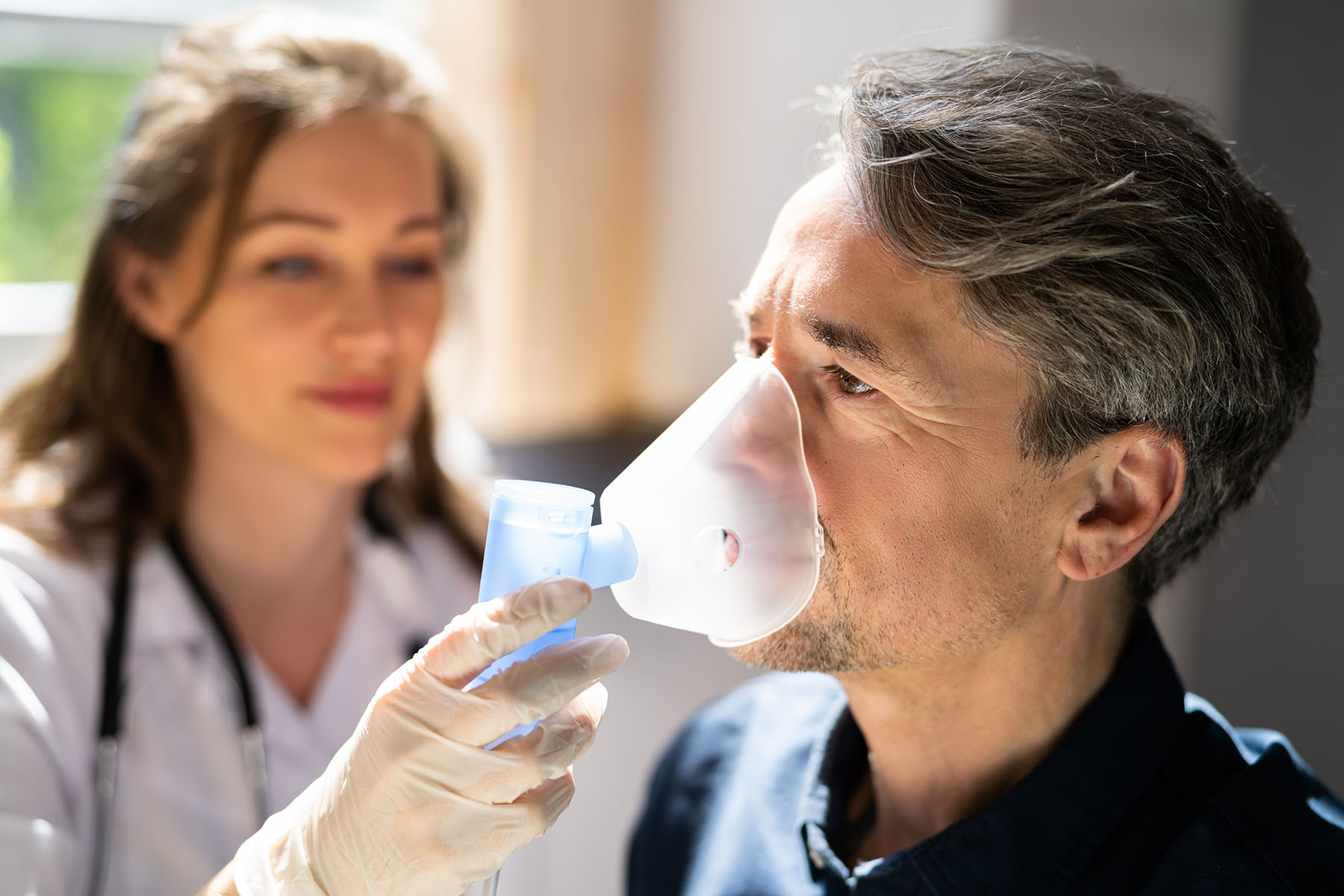Patients living with chronic obstructive pulmonary disease (COPD) need help having earlier, more honest, and more effective conversations with their doctors about their illness. That’s one key takeaway from a recent survey of more than 1,000 patients, the findings of which suggest that inadequate patient-provider communication may be a contributing factor to poorer quality of life for COPD patients.
That insight and others came from a Phreesia survey that collected responses from 1,994 COPD patients as they checked in for their doctors’ appointments. The data provides an overview of the experience of living with COPD—and pointers on how to provide the tools and support that can help ease COPD patients’ disease burden.
Patients Are Struggling
Despite the availability of effective therapies, many COPD patients live with symptoms that negatively affect them every day: Two-thirds of surveyed patients said the chronic condition has a substantial impact on their daily life. Almost half (47%) of COPD patients said they suffer a moderate-to-great impact on their emotional well-being, and nearly one-third (31%) of patients have symptoms that force them to take time off, require them to take frequent breaks at work, or have cost them their job.
Given that an estimated 12.2 million Americans have been diagnosed with COPD, these findings suggest that millions of people regularly suffer compromising COPD symptoms, despite the availability of numerous medications that could alleviate their breathing difficulties. However, some of these patients’ ongoing struggles may stem from misunderstanding of COPD.
“Unfortunately, only around one-third of patients diagnosed with COPD in the U.S. have received any kind of pulmonary function testing,” explains Norbert Feigler, MD, Senior Medical Director, Respiratory at AstraZeneca. “This leads to misdiagnoses and underdiagnosis and to no surprise, many patients may experience a flare-up and not realize its connection to their COPD.”
To address that challenge, Dr. Feigler suggests making resources such as symptom trackers, patient questionnaires, and COPD action plans available to patients before their appointments, explaining that such materials are “great ways for patients to note activities and symptoms and then bring this information to their doctor to more accurately depict the current status of their COPD.”
Better Communication Is Critical
Additional survey results revealed the need for tools that lead to better patient-provider conversations. Phreesia found that only 44% of survey respondents have had detailed conversations with their doctor about their COPD symptoms, and 34% of patients said they don’t fully understand their condition. Albert Rizzo, MD, FACP, Chief Medical Officer at the American Lung Association, detailed some of the barriers to those open, honest, and necessary conversations.
“Patients are sometimes reluctant to volunteer their symptoms because they’re concerned about the response from their doctor,” Dr. Rizzo says. “If they say they’re getting out of breath walking up a flight of stairs, they may be concerned about being lectured about the weight they’ve gained. Or it may be that they are still smoking, and they think the doctor will say, ‘Well, you’ve got to get off the cigarettes.’ Patients may be protecting themselves from those kinds of responses.”
The fact that many patients are not sharing the details and challenges of their COPD with their physician is of particular concern given the nature of the disease. COPD symptoms vary from patient to patient, Dr. Feigler says, and therefore doctors should continue to ask about each patient’s activities and lifestyle in addition to typical clinical measures to better understand if their COPD is progressing. The survey suggests that, for many COPD patients, those important talks are not happening often enough to optimize their health outcomes.
Similarly, the finding that many COPD patients have a limited understanding of their disease is potentially preventing them from making changes in their daily activities that could improve their quality of life. As Dr. Rizzo explains, COPD patients benefit from avoiding obvious triggers that make their breathing worse—if they know about them.
“Sometimes bad air-quality days, bad ozone days can make going outdoors more difficult for patients who have conditions like COPD or asthma,” he says. “Patients should be aware of their surroundings and their environment and make sure they take inhalers with them and use rescue inhalers as needed prior to doing an activity that they know is going to trigger their events.”
Implement Tools that Facilitate In-depth Conversations
Open, informative discussions with their doctor are critical to getting COPD patients on new, potentially more effective treatments, too. The survey found that 84% of patients who decided to start taking a COPD maintenance medication did so because their doctor recommended it.
“Early, honest, and effective communication with doctors puts patients in a better position to prevent future flare-ups and recognize the signs and symptoms of disease progression,” Dr. Feigler says. “Doctors and their patients should work together on a personalized COPD action plan, ensuring open communication about long-term health and prevention of worsening disease.”
Yet, doctors cannot be expected to do everything, which is where the industry can help. As Dr. Rizzo explains, primary care doctors, and even pulmonary specialists, are stretched thin and have limited time to spend with patients, making supplemental patient-education tools and support a necessity. For example, showing COPD patients how to correctly use an inhaler can free up their physician’s time to discuss other matters in more depth during their appointment.
Creating useful educational resources and materials about COPD—and providing those materials at the point of care before patients’ appointments—can support more effective doctor-patient conversations and help COPD patients better manage their condition. Working together, healthcare stakeholders can facilitate earlier, more effective treatments for COPD and thereby improve the lives of the millions of Americans living with the disease.










